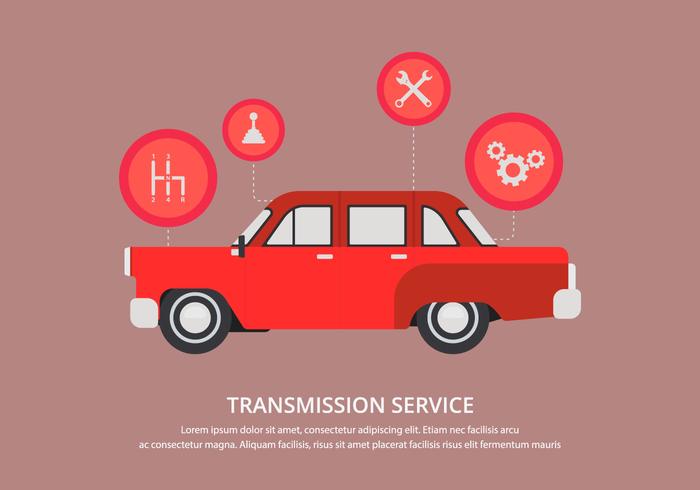A Step-By-Step Guide To Altering Your Automobile'S Oil
A Step-By-Step Guide To Altering Your Automobile'S Oil
Blog Article
Content Author-Mckay Holman
So, you prepare to organize your car's maintenance and save some money along the way. But where do you begin? Comprehending the basics of altering your car's oil is an essential ability that every cars and truck owner should recognize. It's not as challenging as it may appear, and with a few straightforward steps, you'll be on your way to understanding this vital job.
Gather Necessary Equipment
Before beginning the oil change procedure, make sure you have all the required tools easily offered. The important tools for changing your automobile's oil include a wrench or socket readied to remove the drainpipe plug, an oil filter wrench to change the oil filter, a channel to pour in the new oil, a rag or more for cleanup, an oil pan to capture the old oil, a new oil filter, and the appropriate kind and amount of oil for your vehicle. Having these devices handy will certainly make the process smoother and quicker.
Furthermore, it's an excellent concept to use old clothes or overalls to shield on your own from obtaining dirty. Keep some non reusable gloves convenient to maintain your hands tidy throughout the oil change.
Once you have actually collected all the tools and products, locate a level surface to work with and guarantee your automobile's engine has actually cooled down before beginning. Adhering to these steps will certainly aid you effectively change your automobile's oil with no hiccups.
Drain the Old Oil
To drain pipes the old oil from your automobile, situate the oil drain plug below the vehicle's engine. Make sure you have a drain frying pan prepared to catch the oil. Once you have actually recognized the oil drain plug, placement the drain frying pan directly underneath it. Use an outlet wrench to loosen the drain plug in a counterclockwise direction. Be planned for some oil to start draining once the plug is completely loosened up. Permit the old oil to drain pipes entirely into the pan.
While the old oil is draining pipes, it's a good time to find and get rid of the oil filter. Unscrew the oil filter in a counterclockwise instructions utilizing an oil filter wrench. Beware, as the filter may still contain some warm oil. As soon as the oil filter is eliminated, let any type of continuing to be oil drainpipe into the pan. Check the gasket on the old filter to guarantee it's not stayed with the engine.
Refill With Fresh Oil
Once the old oil has completely drained pipes, proceed to replenish your cars and truck's engine with fresh oil. Begin by situating the oil filler cap in addition to the engine. Twist check out this site to remove it. Before pouring in the new oil, check your owner's manual to identify the appropriate oil weight and the number of quarts your engine needs.
Next off, place a funnel into the oil filler hole to prevent spills. Slowly gather the fresh oil, pausing occasionally to inspect the oil level with the dipstick. It's essential not to overfill, as this can result in engine damage.
After gathering the marked quantity of oil, change the oil filler cap firmly. Begin your vehicle and allow it run for a few minutes to allow the brand-new oil to flow through the engine.
Shut off the engine and check for any kind of leaks around the oil filter and oil drain plug. Clean away any type of spills with a cloth.
Congratulations, you have actually effectively changed your vehicle's oil!
brake repair near me
Since you've transformed your cars and truck's oil, you can appreciate smoother performance and far better engine health and wellness.
Keep in mind to take care of the old oil correctly and keep up with routine oil changes to keep your automobile running smoothly.
Great job on looking after your cars and truck!
